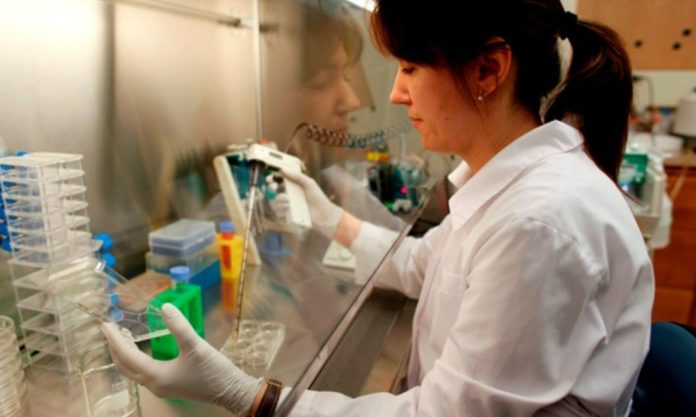Stem cells have their own chromosome protection mechanism, which allows them to function effectively for many years.
A team of biologists from the Francis Crick Institute, London and the University of Sydney have discovered a unique biological mechanism in stem cells that will help us understand aging and cancer. The results of the study are published in the journal Nature.
It is known that human chromosomes carry hereditary information and at the ends have special structures – telomeres, which protect DNA and ensure normal cell division.
As you age, telomeres become shorter and lose their protective functions. As a result, the cells stop dividing and the body grows old.
Scientists have long known that the TRF2 protein, which forms the so-called T-loop at the ends of chromosomes, helps to protect telomeres. If TRF2 is removed, the ends merge together and this leads to cell death.
The authors of the study found that stem cells use a completely different mechanism to protect chromosomes.
By removing the TRF2 protein from the mouse embryonic stem cells, they saw that T-loops continue to form, the ends of the chromosomes remain protected, and the cells remain intact.
As embryonic stem cells differentiate into somatic cells, this unique end-defense mechanism is lost and it becomes dependent on TRF2.
According to biologists, this suggests that stem and somatic cells protect the ends of chromosomes in fundamentally different ways. So far, they have not been able to figure out exactly how the alternative chromosome protection mechanism works, but they answered the question about the role of T-loops, which has worried microbiologists for many years.
The authors proved that telomeres in stem cells with T-loops, but without TRF2, are also protected, therefore, the T-loop structure itself performs the protective function.
A better understanding of how telomeres work and how they protect the ends of chromosomes will provide important insight into the cellular processes that lead to premature aging and cancer, the researchers said.
